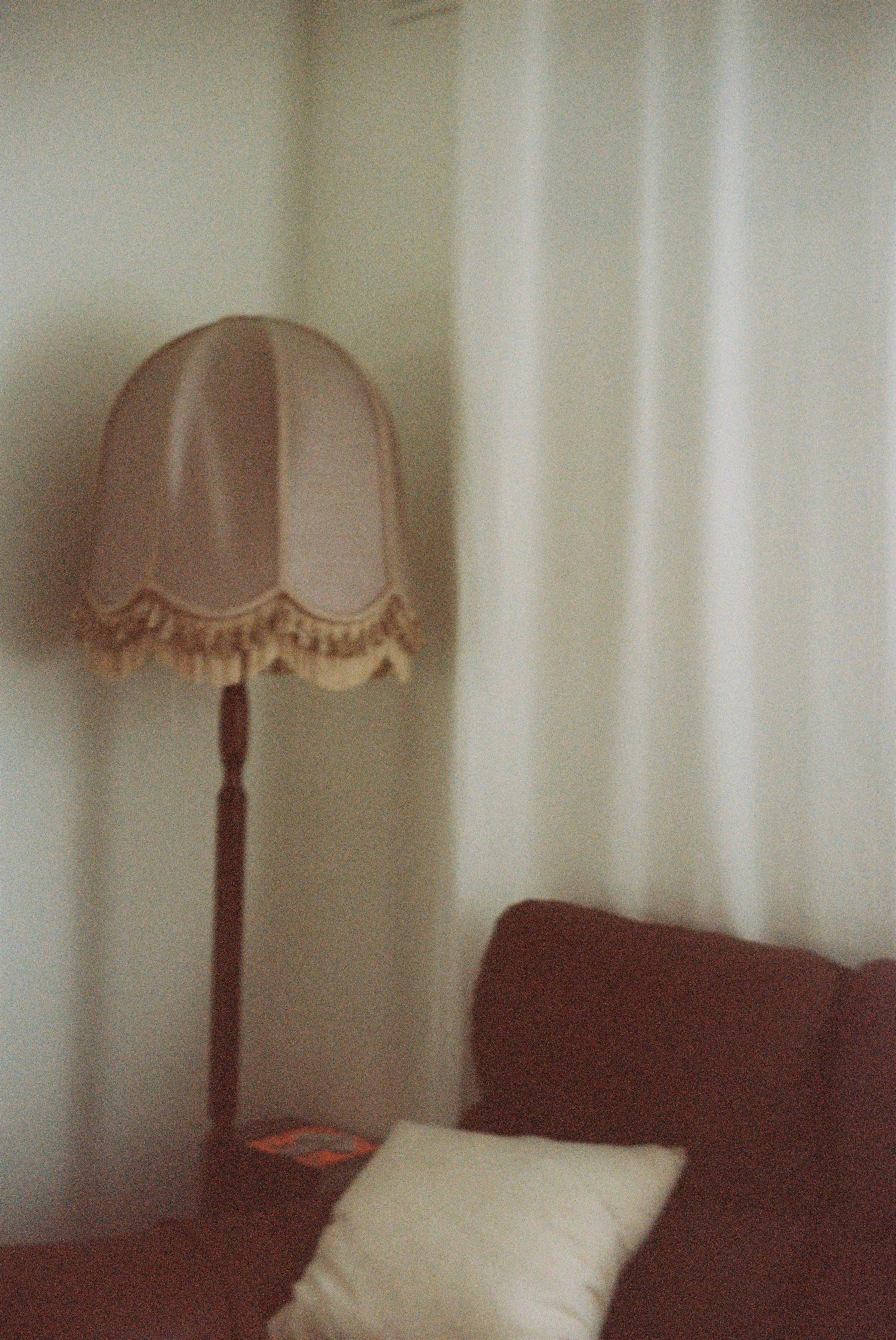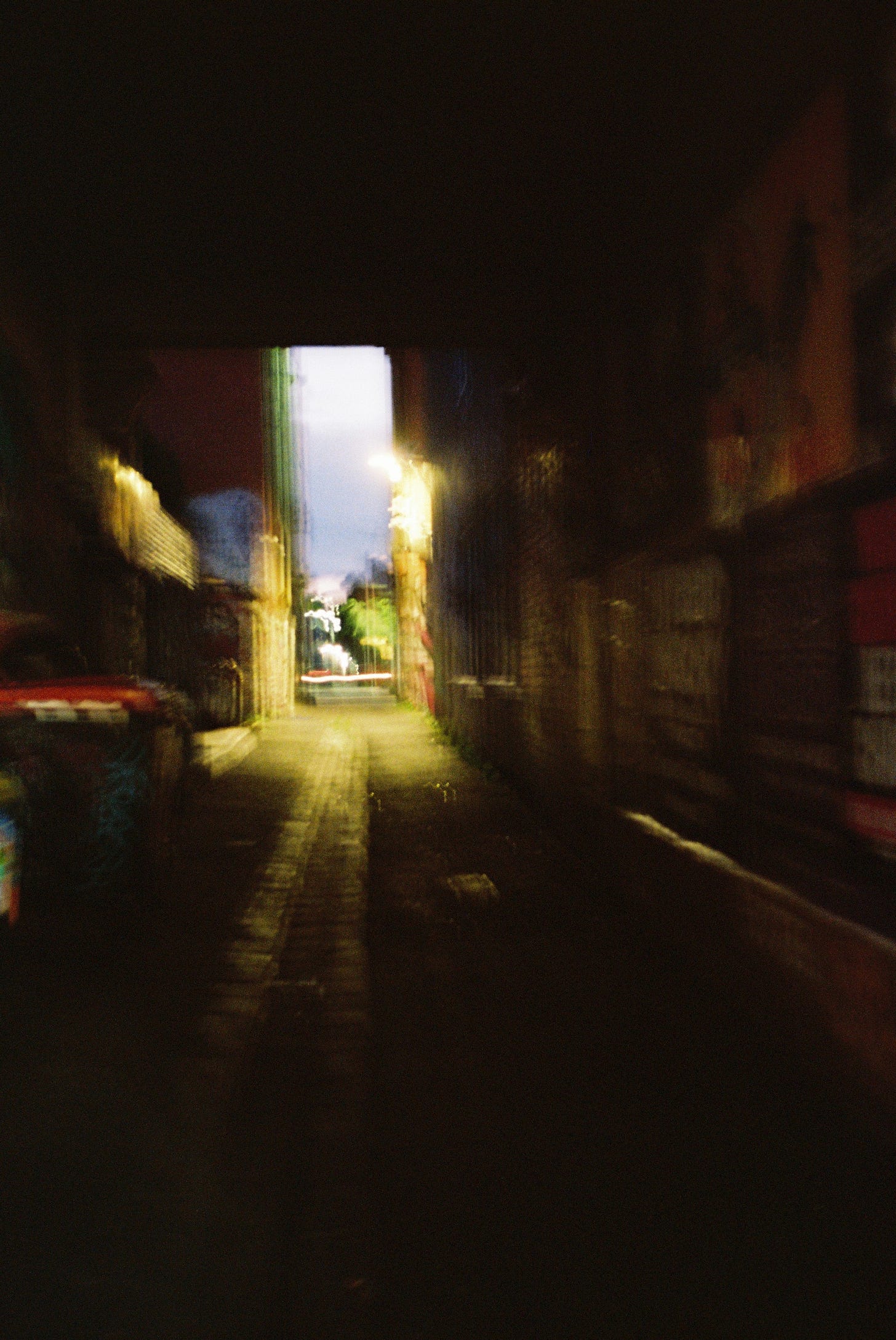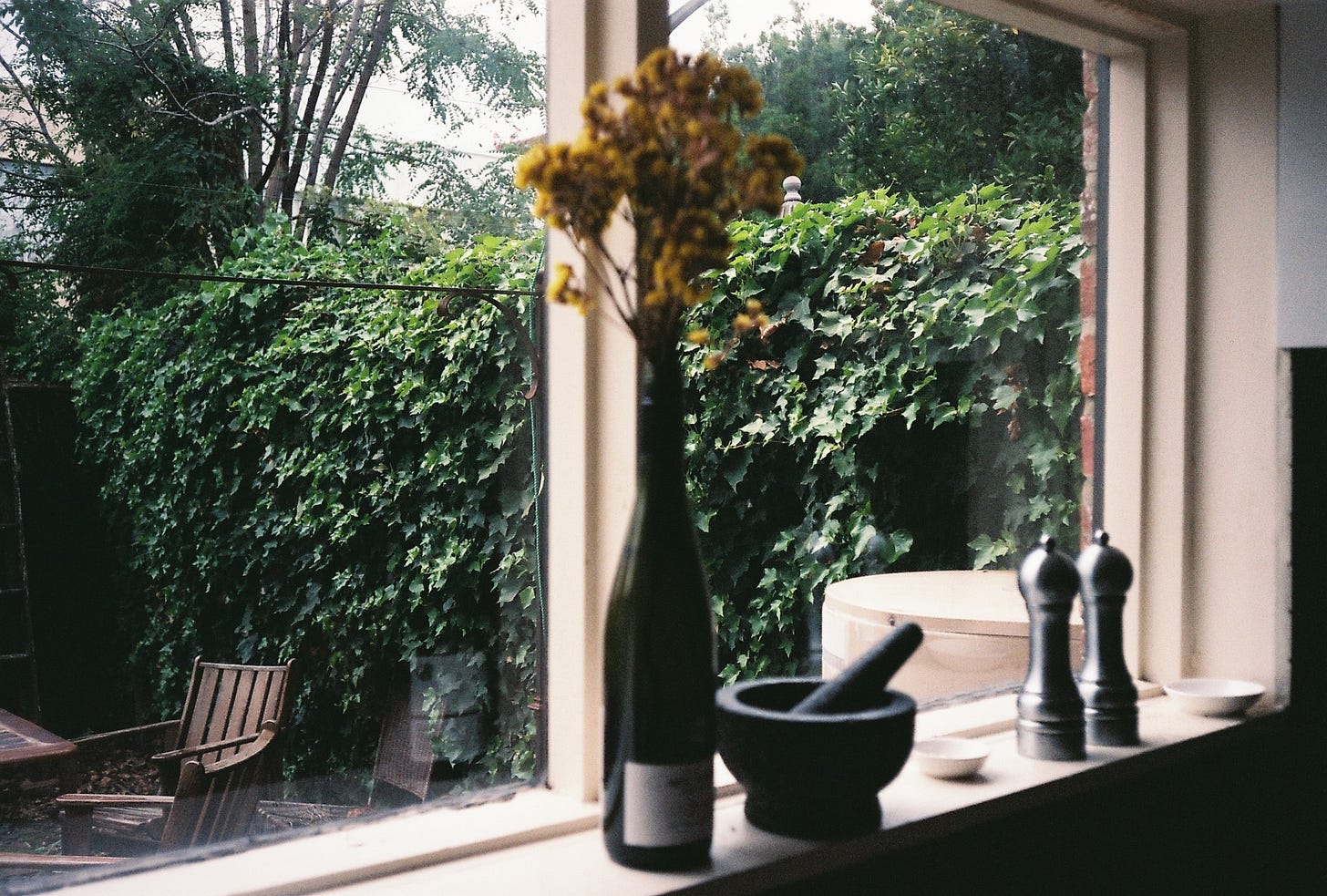Home as Memory
When space becomes the time capsule of our past. Part 2 of 4 in a series exploring the meaning of ‘home’.
Read the first in this series, What is Home? here.
Homes are just as full of memories as what we store in our minds. The spaces we inhabit, like a lingering scent, are a container for our memories.
Our environments, our homes especially, are a stage for life’s stories. In this sense, memory is not linear – it’s spatial.
French phenomenologist Maurice Merleau-Ponty explored this very concept in the 1940s, writing that perception is an embodied experience. He argued that we experience the world not from a distance but through our lived, physical presence. We’re not merely an object in space, rather our perception is the foundation of all knowledge, and we’re constantly capturing it through our bodily experiences.
With this interpretation, a home isn’t just a backdrop for memory. It is memory. We internalise spaces through our senses, and in turn, it shapes how we remember ourselves.
Merleau-Ponty was, of course, a huge influence on Finnish architect and writer Juhani Pallasmaa, whose iconic book The Eyes of Skin – Architecture and the Senses has influenced architects for decades.
Pallasmaa similarly writes that architects should be experience makers, rather than image makers. By prioritising the sensory experience, designers can create spaces with deeper meaning. Spaces that have the power to capture memory.
It’s a rather poignant reminder, particularly when we’re in a moment when the seduction of the 2-dimensional image is so pronounced. The experience of scanning and double-tapping an image on Instagram is a detached and disembodied action, hardly capable of making it into the long-term memory.
However, the rituals of life playing out within the safety of your four walls are like a Super 8 film for memory making. Even the smallest of details can hold weight: the mug with a broken handle, the layer of dust over the shelf of books, a skeletal apple tree that still somehow manages to produce fruit. These things might seem trivial, but they function as memory prompts, like the lingering scent of Jasmine on a warm summer night, they bring time folding back in on itself.
On the flip side, you could say that homes can also trap memory. A house once filled with love can feel hollowed out after loss. Our environments turn into a kind of psychological archive, piled with grief, nostalgia, or anxiety. Perhaps there’s something to be said for moving as a means of forgetting.
Yet even when we leave a place, we continue to carry its imprint. I know I can remember the layouts and features of nearly every home I’ve lived in, and the different versions of me that resided there.
Do you associate a particular home with a strong memory?
Welcome! This is a space for ideas, conversations and deeper dives into design, creativity and culture. It’s free to subscribe, so stick around.
I’m a design journalist – once an interior designer (for a hot second), then a magazine editor, now a solopreneur and podcast host. I write here to explore the nuances of creative work beyond the algorithm.
I also work with select clients – find me at aleeshacallahan.com.







